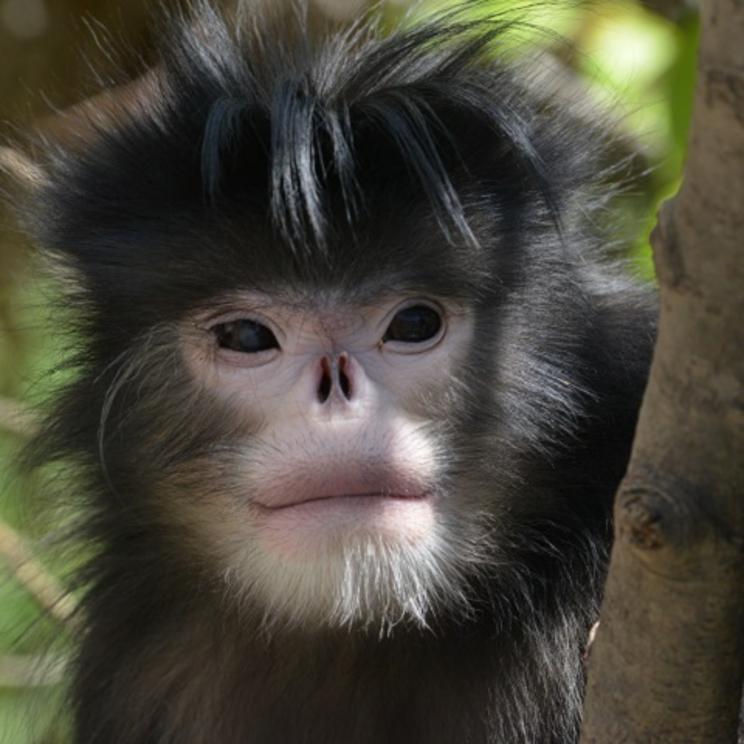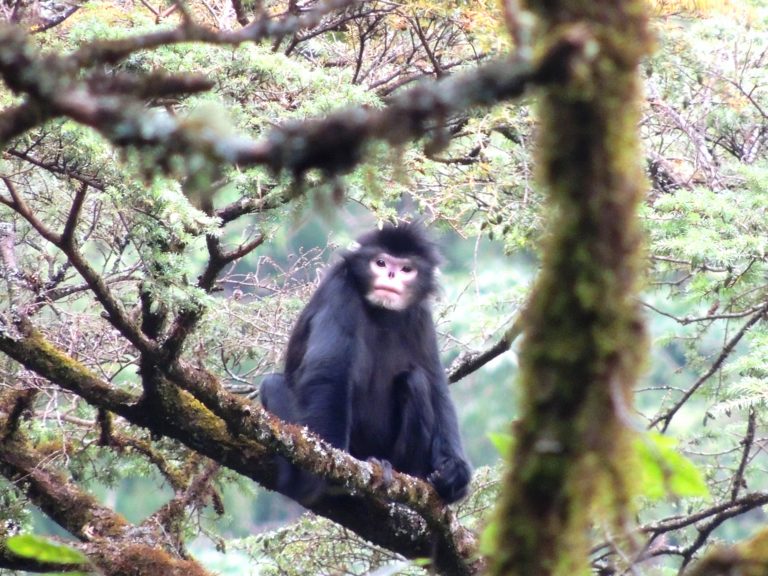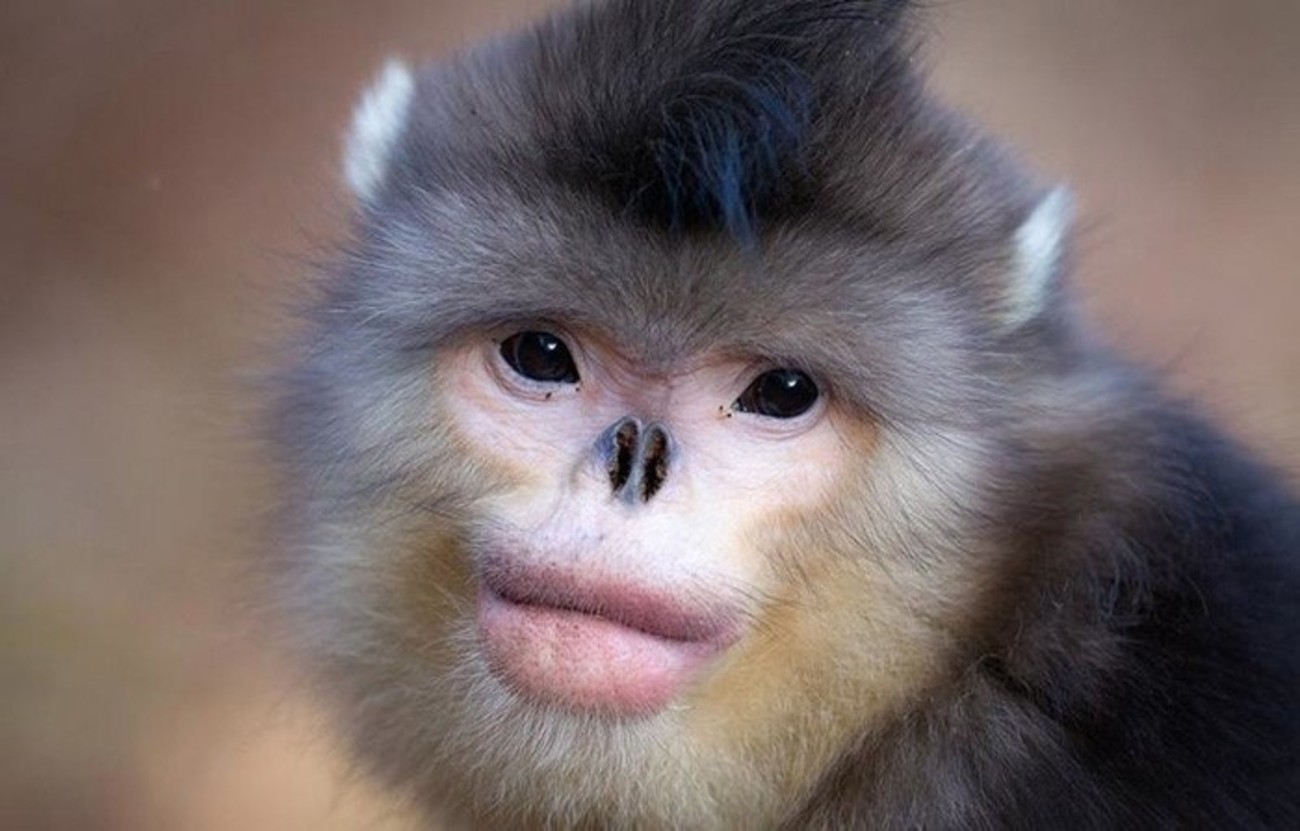Wonders
Myanmar snub-nosed monkey
- Details
- Hits: 8343
 Myanmar snub-nosed monkey
Myanmar snub-nosed monkey
Photo Credit - www.nexusnewsfeed.com
The Myanmar snub-nosed monkey (Rhinopithecus strykeri) is a critically threatened species of colobine monkey discovered in 2010 in northern Burma (Myanmar). It was formally described as a novel species of primate in 2011 based on its fur, beard and tail. A group of the species was discovered in China in 2011.
The species is known in local dialects of Lisu people as mey nwoah and Law Waw people as myuk na tok te, both of which mean "monkey with an upturned face". Rain allegedly causes it to sneeze due to the short upturned nasal flesh around its nostrils. People from the area report that it sits with its head directed downwards, hiding its face between its knees when it rains.

Photo Credit - www.fauna-flora.org
The species came to the attention of a team of scientists allied to the "Myanmar Primate Conservation Program" researching the status of the hoolock gibbon in early 2010. The team, led by Swiss primatologist Thomas Geissman and Ngwe Lwin of the Myanmar Biodiversity and Nature Conservation Association (BANCA), were supported by Fauna & Flora International (FFI) and the People Resources and Conservation Foundation (PRCF). The specific name strykeri is given in honour of philanthropist Jon Stryker, president and founder of the Arcus Foundation, which also sponsored the project.

Photo Credit - www.reddit.com
The type specimen was identified from the Maw River area of northeastern Kachin state in northeastern Burma. The specimen most closely examined was the skull (with mandible) and skin of a gutted adult male obtained from hunters in Pade, subsequently deposited in the Anthropological Institute and Museum of the University of Zürich. Additional sample skulls of animals killed some three years earlier, one male and one female, were also collected along with a bag made out of the skin of a juvenile caught in January 2010, all obtained in Htantan village.
The team encountered seven live specimens, including an infant, but these moved out of sight before they could be photographed or studied in detail. A camera trap set by a team of FFI, BANCA and PRCF researchers captured the first known images of live snub-nosed monkeys in January 2012.
source: Wikipedia





